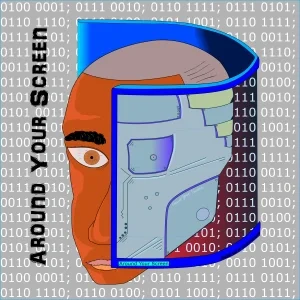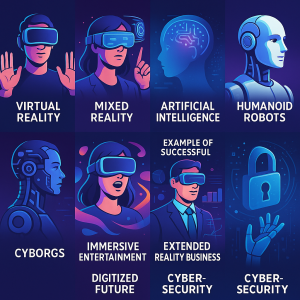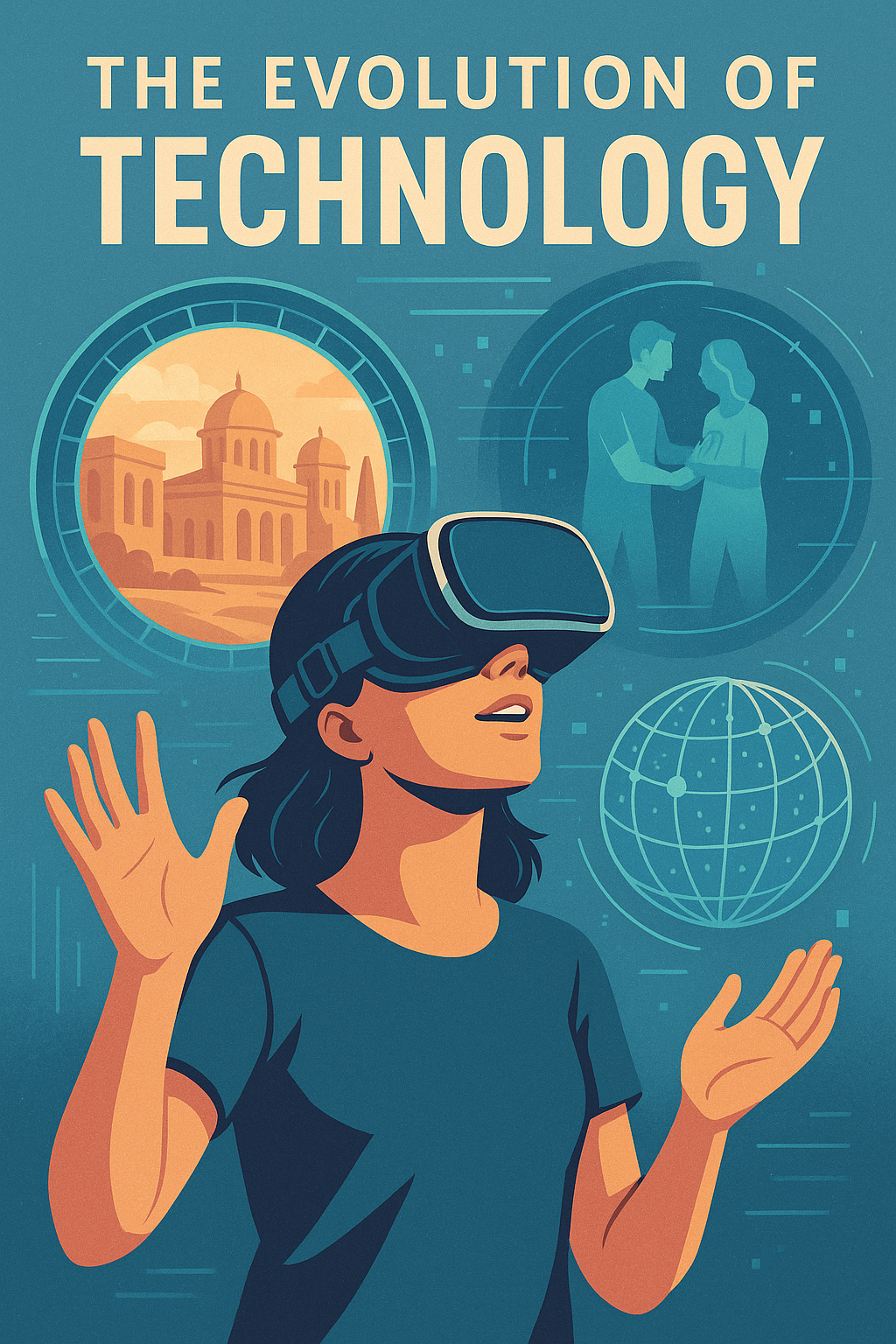
The evolution of technology has inevitably woven itself into the fabric of human life, reshaping societies and guiding the trajectory of our collective progress. Virtual Reality (VR) stands at the forefront of this digital revolution, allowing individuals to immerse themselves in computer-generated worlds that mimic, enhance, or even transcend reality. Unlike traditional digital experiences, VR offers users a window to new civilizations, simulated scenarios of peace, and environments where learning and empathy can be cultivated. Researchers have observed notable changes in learning outcomes, social connection, and even mental health from the integration of VR in educational and therapeutic settings, demonstrating how such immersive tools sustain the potential for more harmonious and knowledgeable communities.
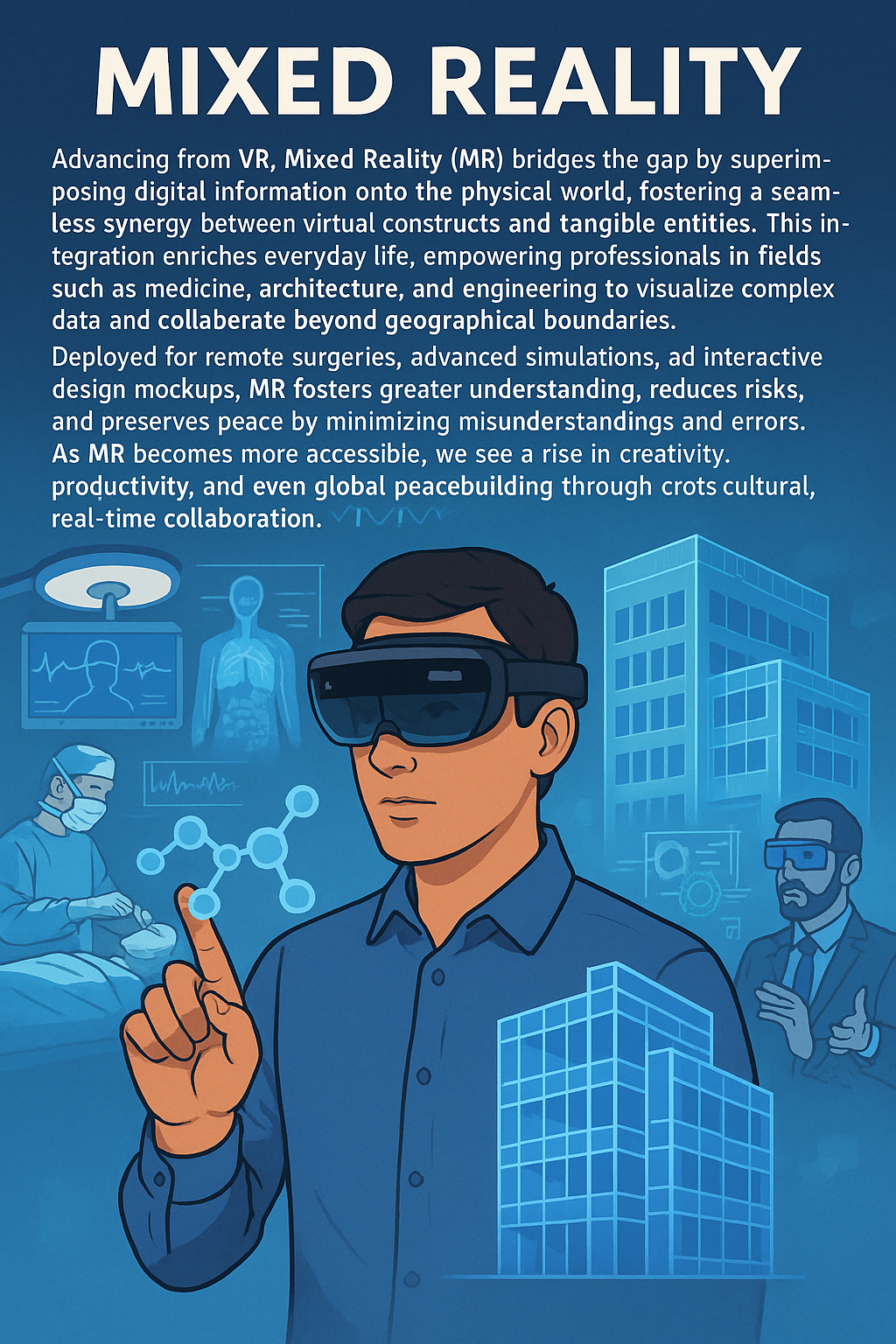
Advancing from VR, Mixed Reality (MR) bridges the gap by superimposing digital information onto the physical world, fostering a seamless synergy between virtual constructs and tangible entities. This integration enriches everyday life, empowering professionals in fields such as medicine, architecture, and engineering to visualize complex data and collaborate beyond geographical boundaries. Deployed for remote surgeries, advanced simulations, and interactive design mockups, MR fosters greater understanding, reduces risks, and preserves peace by minimizing misunderstandings and errors. As MR becomes more accessible, we see a rise in creativity, productivity, and even global peacebuilding through cross-cultural, real-time collaboration.
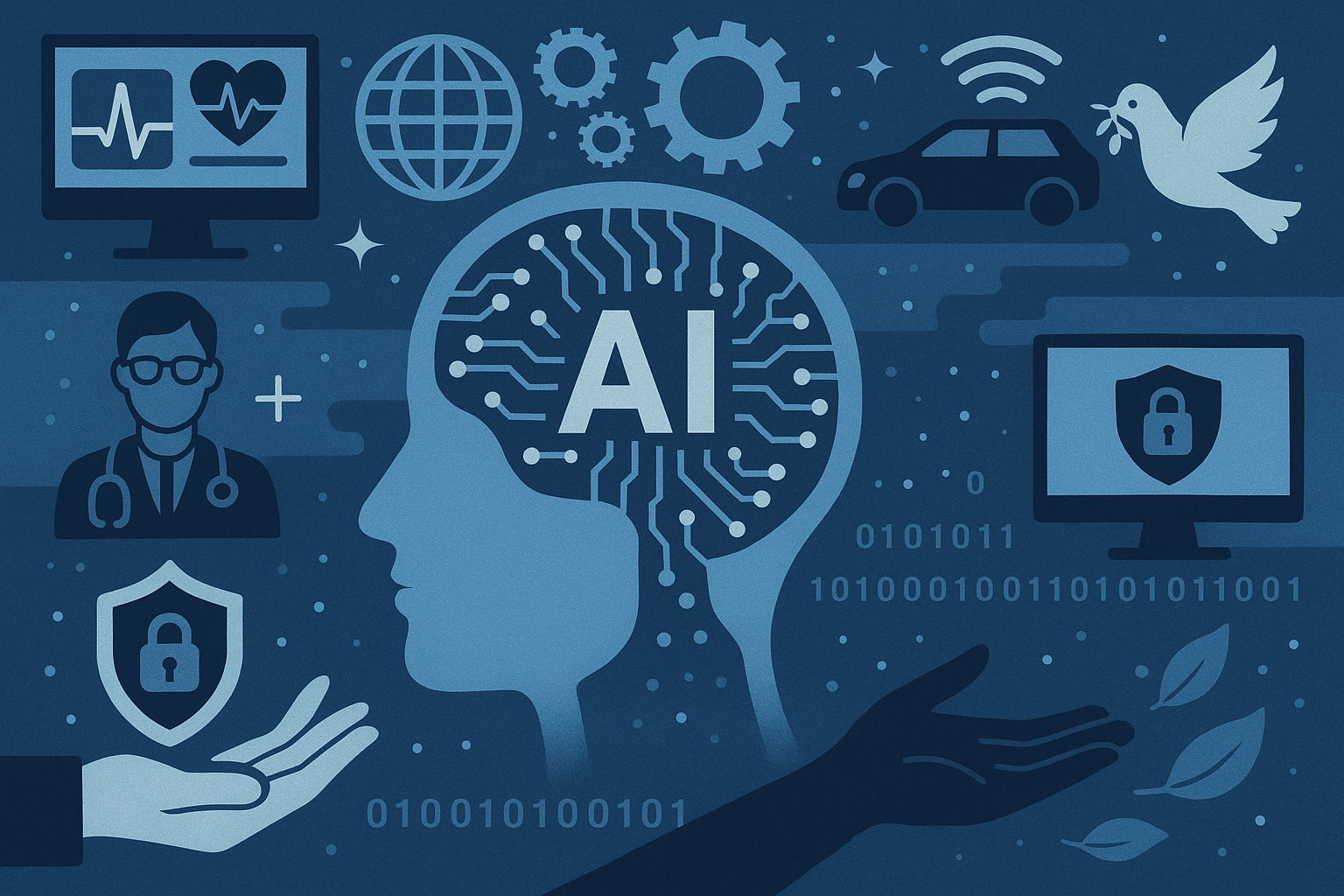
Artificial Intelligence (AI) represents another monumental stride in technological advancement, influencing both the macro and micro aspects of society. Systems equipped with machine learning and neural networks are now capable of complex problem-solving, decision-making, and adaptation, mirroring the intricacies of human thought. The digitized future carved out by AI brims with possibilities—from personalized healthcare and robust environmental monitoring to intelligent transportation systems promoting peace by reducing accidents and congestion. However, with great power comes great responsibility, and as AI becomes more enmeshed in daily life, the ethical considerations and need for robust cybersecurity grow ever more pressing.
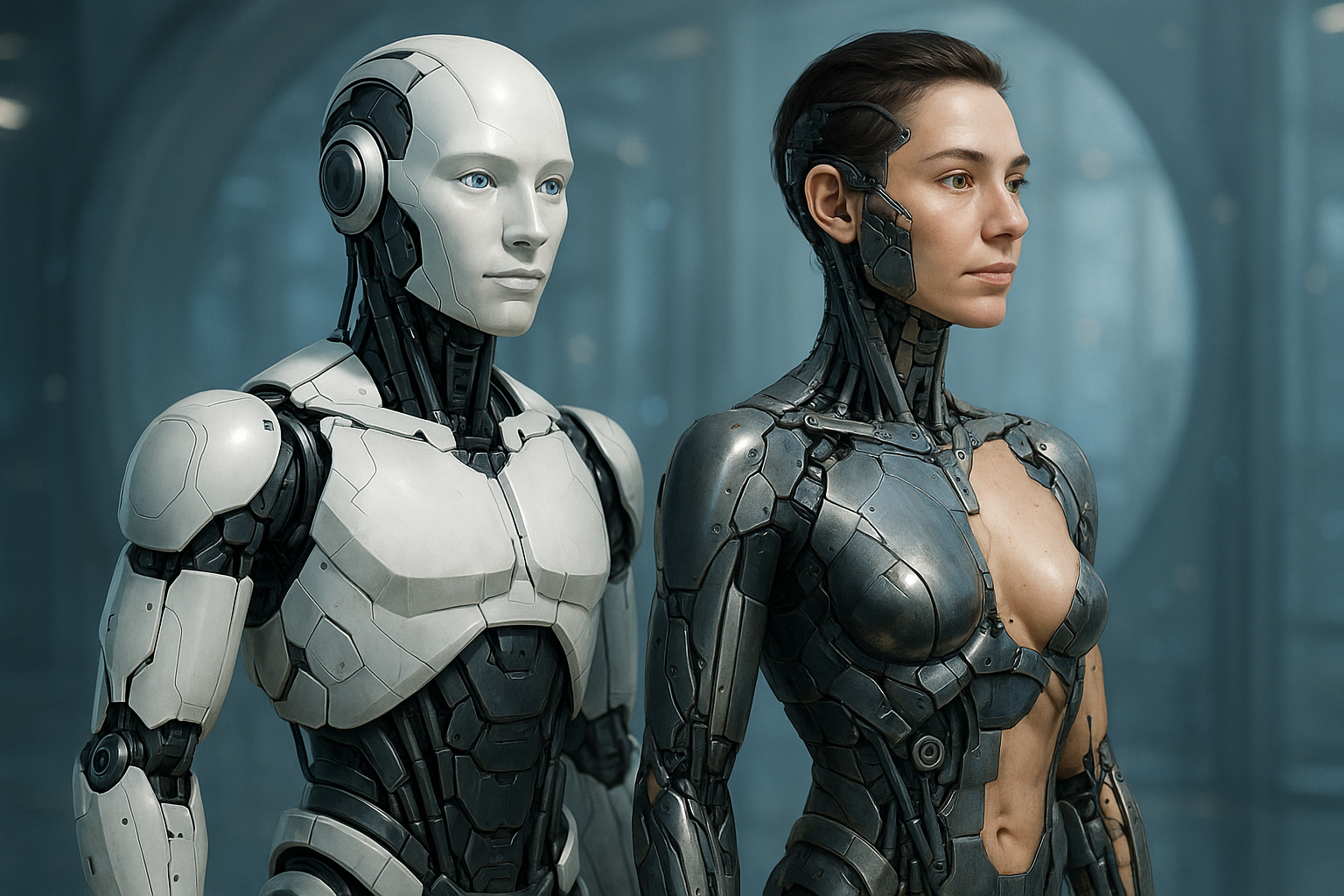
At the intersection of digital intelligence and human form, Humanoid Robots and Cyborgs characterize the new era of human-machine symbiosis. Humanoid robots emulate human physicality and reasoning, performing tasks that range from caregiving in hospitals to executing complex industrial operations. Cyborg technology, meanwhile, augments human capacities through integrated digital enhancements, restoring senses and abilities once lost to injury or illness. These advancements foster a society where life is not only extended but also enriched, enabling individuals to pursue their goals while promoting peace through increased accessibility and social equity. Humanoid robots and cyborgs also hold promise for mitigating hazardous situations and extending compassionate care where human presence may be limited.
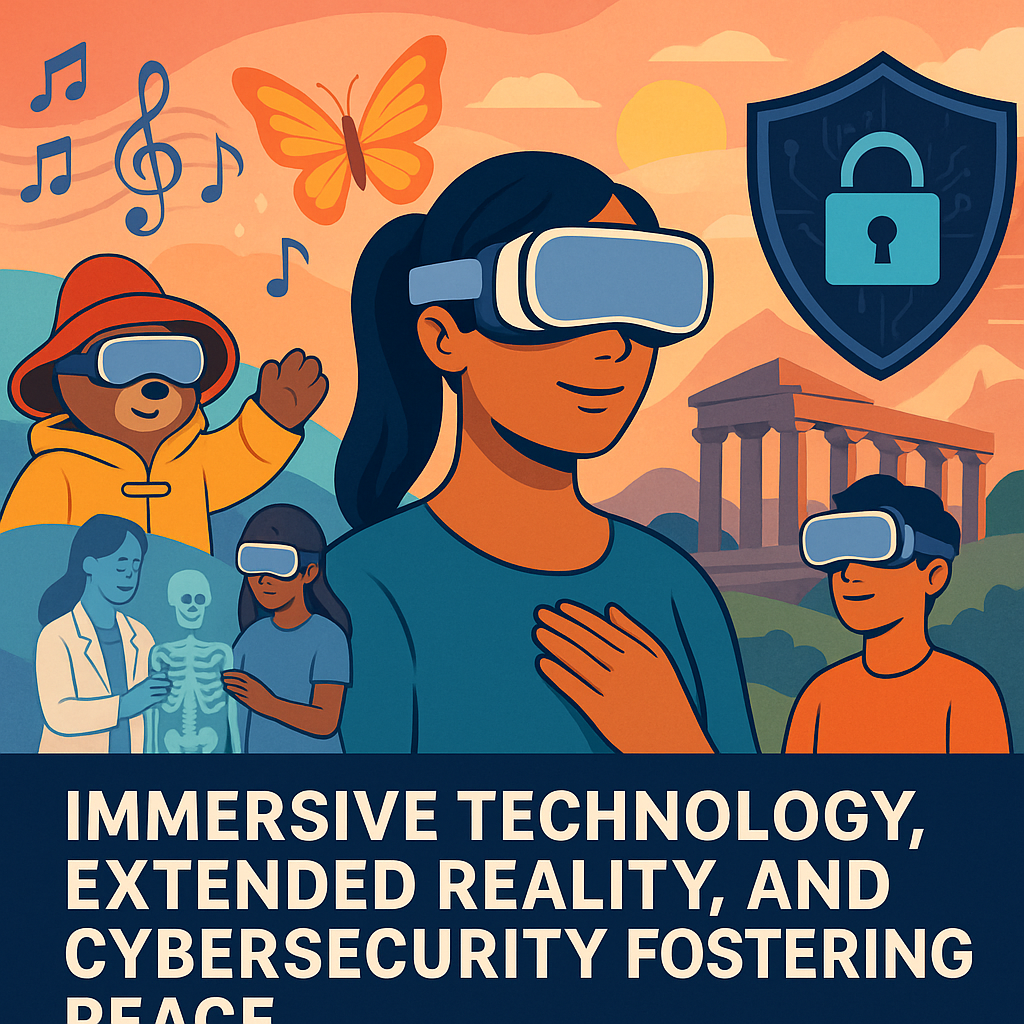
Immersive entertainment, a thriving extension of VR and MR, demonstrates how technology can nurture emotional well-being and inspire imagination. Storytelling in this new medium transcends sight and sound, engaging all senses and fostering empathy by placing users in others’ lives and perspectives. Successful extended reality businesses such as those specializing in educational simulations and virtual tourism have revealed how immersive experiences can bridge cultural divides and sow seeds of peace. Nevertheless, the digitized future remains vulnerable to new threats, and cybersecurity must be the guardian ensuring safe, private, and peaceful participation in these digital realms. These collective achievements affirm that the trajectory of technological progress not only enhances life but also offers pathways to lasting peace in an ever-evolving society.
